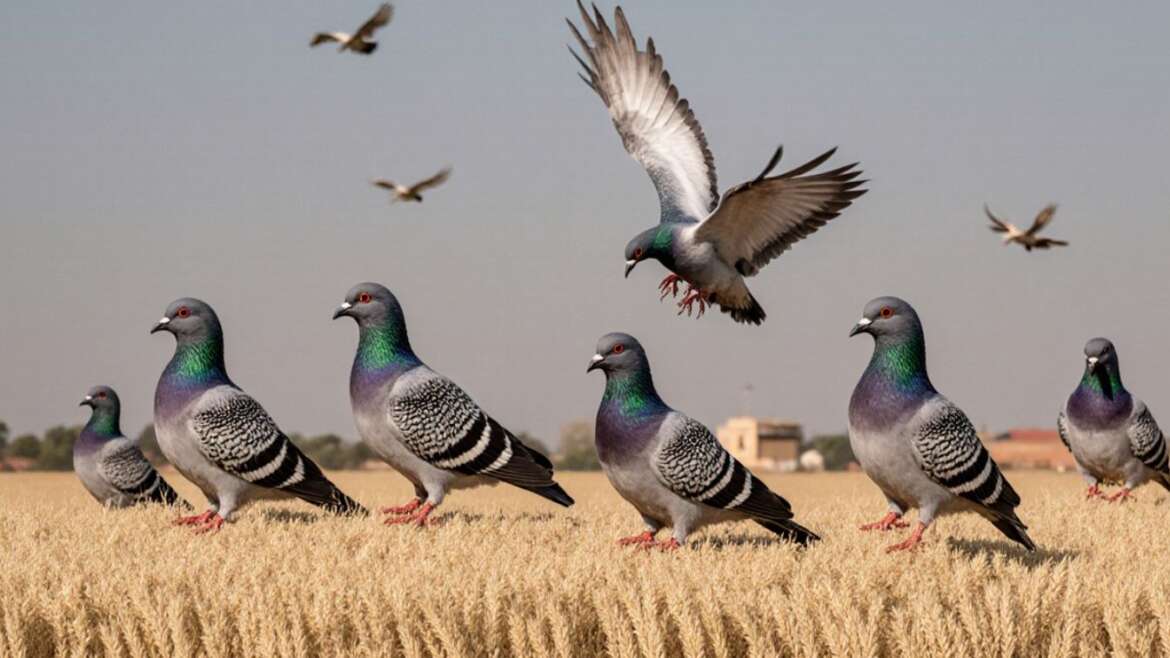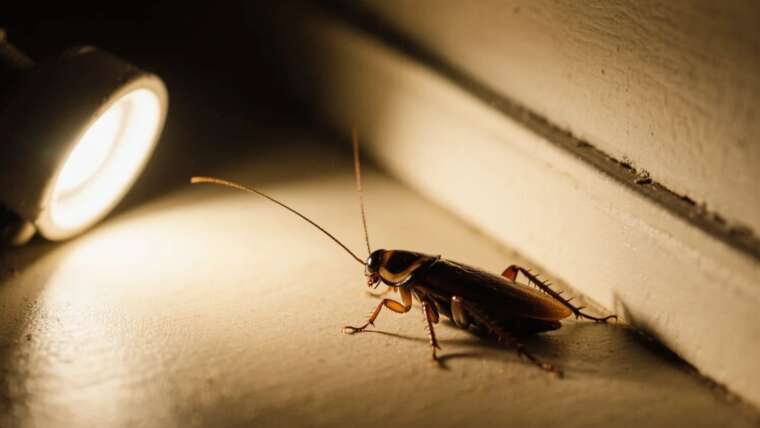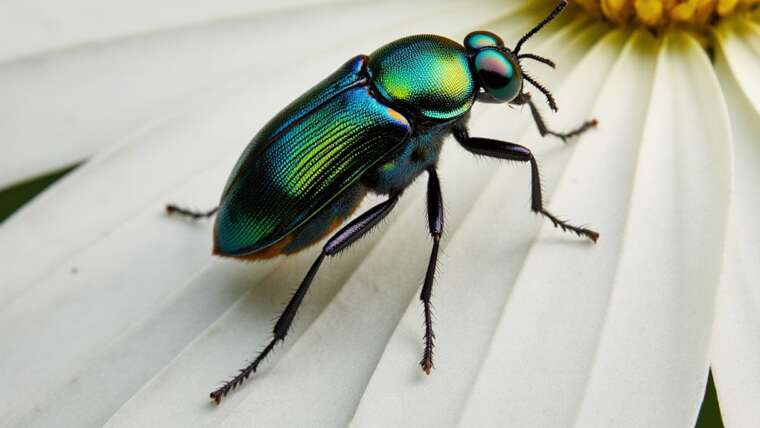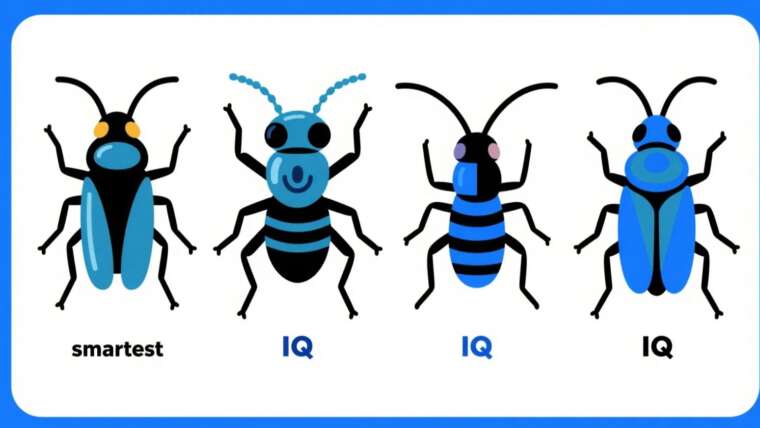Pigeons: Birds or a Health Hazard?
For many urban dwellers, pigeons are a source of local entertainment, often fed with leftover crumbs from meals. However, others view these birds with disdain, considering them “rats with wings” due to their association with various health risks. This raises an important question: do pigeons truly pose a threat regarding disease transmission, or is it simply an exaggerated urban legend?
The Facts Behind the Myths
The concerns about pigeons are indeed grounded in reality. These birds are known carriers of over 60 types of pathogens, including bacteria and viruses, though serious infections in humans are rare. Understanding these risks is essential for ensuring public health and safety.
Tip: Consider using a pigeon identification app to learn how to differentiate between common pigeon species. This can deepen your understanding of their behaviors and ecological roles.
How Do Pigeons Spread Disease?
Pigeons primarily transmit diseases through their droppings. When these droppings dry, they can turn into a fine powder that becomes airborne. Inhalation of this powder can lead to transmission of diseases. Common locations where these droppings are found include sidewalks, window sills, and rooftops.
According to Medical News Today, here are the most prevalent diseases associated with pigeon droppings:
- E. coli: Often enters food or water supplies via droppings, leading to gastrointestinal issues. To minimize risk, always wash food items thoroughly.
- St. Louis encephalitis: Spread by mosquitoes that have fed on infected pigeons. This neurological condition poses heightened risks for older adults. Protect yourself with mosquito repellents during peak season.
- Histoplasmosis: This serious respiratory disease arises from a fungus that thrives in dried pigeon droppings. Regular cleaning and maintaining proper ventilation can help reduce the risk of exposure.
- Candidiasis: Caused by a yeast or fungus in droppings, affecting the respiratory system along with other bodily areas. Keeping living spaces well-ventilated can aid in prevention.
- Salmonellosis: Commonly known as food poisoning, it results from dust particles contaminated with droppings. The key to prevention is rigorous hygiene and food safety practices.
Additionally, pigeons are known carriers of mites, fleas, and even the West Nile virus, all of which can lead to discomfort or health complications in humans.
Tip: If you start encountering gastrointestinal distress after pigeon exposure, don’t hesitate to consult a healthcare professional. Early diagnosis can lead to a quicker recovery.
How to Get Rid of Pigeons
While pigeons can add a unique charm to urban environments, they can quickly become a nuisance. Their droppings can damage buildings, stain surfaces, and create hazardous conditions by rendering sidewalks slippery. Additionally, pigeon nests can obstruct vital infrastructure, including electrical components and air conditioning units.
To minimize the risk of disease and property damage, act promptly to clean up any droppings. When doing so, equip yourself with proper safety gear, including disposable gloves, shoe coverings, and respiratory protection.
Effective pigeon control is essential for public health. Terminix® offers various humane bird control solutions, such as:
- Control gel: Applications that deter birds from landing.
- Wire barriers: Physical obstructions to prevent roosting.
- Spikes: A preventative measure to stop pigeons from nesting in certain areas.
- Shock systems: Deploys harmless electricity to deter birds without causing them harm.
Tip: Consider employing a professional bird control service for effective, long-term solutions tailored to your specific needs. They can evaluate your property and recommend the best course of action.
By understanding the health risks associated with pigeons and recognizing effective methods to manage their populations, individuals can contribute to a cleaner, healthier urban environment.





